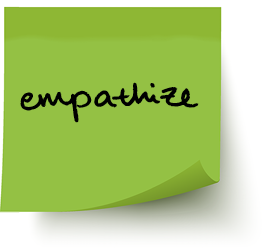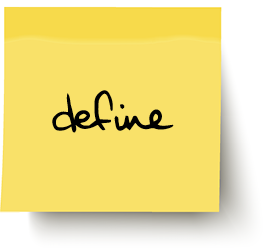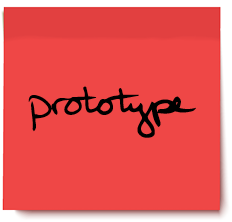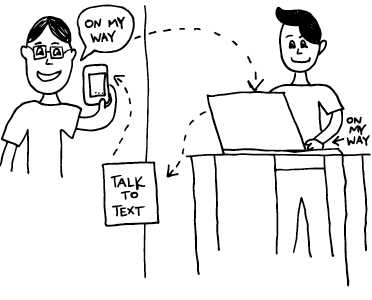Subscriber Benefit
As a subscriber you can listen to articles at work, in the car, or while you work out. Subscribe NowDesign thinking is a process that helps companies and organizations solve problems, address challenges and develop products. It’s five steps often appear linear, but as you implement it, you’ll see that it’s best to move among the steps as needed.
Here’s how design thinking breaks down.

 Empathize
Empathize
Goal: See the problem you’re trying to solve through the eyes of the people facing it. In some cases, that will be customers. In others, it will be employees or segments of a community.
One way to do it: Interview your users and create an “empathy map,” like the one at right. Put the user in the center and create areas to write what the user says, does, thinks and feels about the problem. Or draw the map on a white board or poster and let users or your team post responses using sticky notes.
 Define
Define
Goal: Develop an action-oriented statement that describes the problem you’re trying to solve. Use strong verbs and focus on the people you’re trying to help.
One way to do it: CareerFoundry recommends framing the problem in “how might we” questions. For example, if the problem is that few people are wearing masks in crowded places, some questions might be: How might we make
masks more comfortable? How might we persuade people masks increase safety? How might we make wearing a mask less stigmatizing?

 Ideate
Ideate
Goal: Develop lots of ideas to solve the problem—the number can be whittled down later.
One way to do it: Brainstorming is the most traditional way. But you might also try the SCAMPER method, which includes seven elements: substitute, combine, adapt, modify, put to another use, eliminate and reverse. Apply each word to your product or service. Will it serve another purpose? What if we made it from another material?

 Prototype
Prototype
Goal: Create a cost-effective, early version of your product or service that a user can interact with so you can uncover problems or discover improvements.
One way to do it: Try Wizard of Oz prototyping, also called WOZ. Let’s assume you’re developing an app or software. Create an interactive user dashboard that is based not on software response, but on the response of an unseen “wizard”—a person—monitoring user input to provide output or reactions.
 Test
Test
Goal: Based on user feedback, circle back to previous phases to hone your product or service.
One way to do it: A/B testing allows you to present one or more prototypes or designs to different sets of users, then compare results. Remember to test only one variable at a time, so it’s clear what is causing the differences in results.
Please enable JavaScript to view this content.
